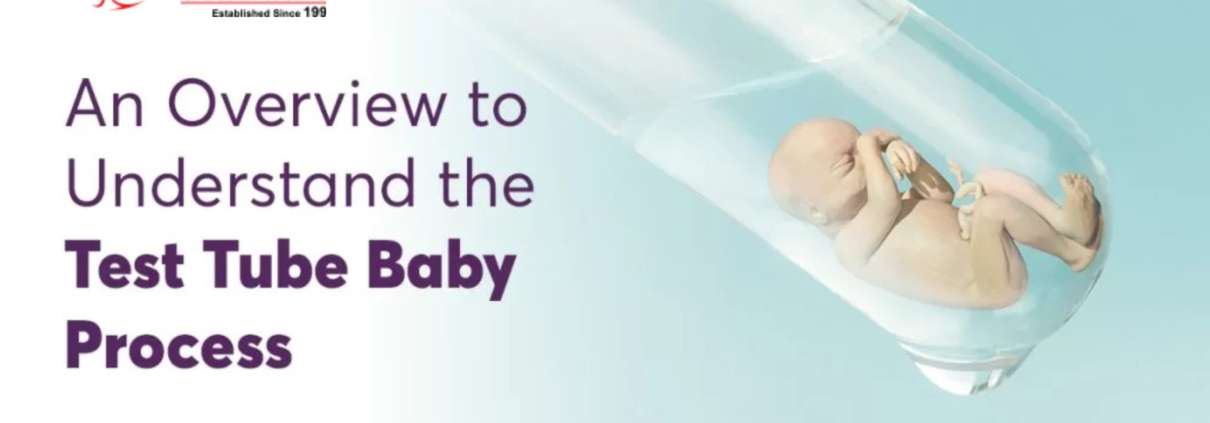What is the step-by-step test tube baby procedure
Test tube baby, also known as IVF (In Vitro Fertilization), is a medical procedure designed to help couples struggling with infertility. It involves fertilizing an egg with sperm outside the body in a laboratory and then transferring the resulting embryo into the uterus. This process offers hope to many families who face challenges in natural conception. Here is a detailed, step-by-step explanation of how the test tube baby procedure works:
Step 1: Initial Consultation and Evaluation
The journey begins with a visit to a fertility clinic. During this phase:
- The couple’s medical history is reviewed.
- Tests are conducted to evaluate the fertility levels of both partners.
- Blood tests, ultrasounds, and semen analysis help the doctor assess ovarian reserves, hormone levels, and sperm quality.
Once results are analyzed, a personalized IVF plan is created.
Step 2: Ovarian Stimulation
The next step is to stimulate the woman’s ovaries to produce multiple eggs:
- Hormonal injections containing FSH (Follicle Stimulating Hormone) and LH (Luteinizing Hormone) are administered for 8–14 days.
- Regular ultrasound scans and blood tests monitor the development of follicles in the ovaries.
- The goal is to mature multiple eggs in one cycle to increase the chances of successful fertilization.
Step 3: Egg Retrieval (Ovum Pick-Up)
When the follicles are ready, a trigger injection (hCG or another hormone) is given:
- Egg retrieval is scheduled 34–36 hours after the trigger.
- The procedure is done under mild anesthesia.
- A thin needle is used to collect eggs from the ovaries through the vaginal wall using ultrasound guidance.
- It takes about 20–30 minutes and the patient can go home the same day.
Step 4: Sperm Collection and Preparation
On the same day as egg retrieval:
- A semen sample is collected from the male partner.
- If there are severe male infertility issues, surgical sperm retrieval (like TESA or PESA) may be performed.
- The sample is then washed and processed in the lab to select the best quality sperm.
Step 5: Fertilization
In the laboratory:
- The mature eggs and healthy sperm are mixed in a controlled environment.
- In cases of male infertility, ICSI (Intracytoplasmic Sperm Injection) may be used, where a single sperm is directly injected into the egg.
- The fertilized eggs are monitored for 3–5 days to develop into embryos.
Step 6: Embryo Development
Embryos are grown and evaluated for quality:
- On Day 3 (cleavage stage) or Day 5 (blastocyst stage), the best-quality embryos are selected for transfer.
- Sometimes, embryo freezing (cryopreservation) is done for future use.
Step 7: Embryo Transfer
This is a simple and painless procedure:
- One or two embryos are selected and placed into the uterus using a soft catheter.
- No anesthesia is needed, and the patient can resume normal activities shortly after.
- The goal is for the embryo to implant into the uterine lining and grow into a healthy pregnancy.
Step 8: Post-Transfer Care and Pregnancy Test
After the transfer:
- The woman is advised to rest and may be prescribed progesterone supplements to support the uterine lining.
- Around 10–14 days later, a beta-hCG blood test is done to confirm pregnancy.
- If successful, the pregnancy will proceed as usual under gynecological care.
Optional Steps (If Needed)
Depending on the case, some additional procedures may be included:
- Preimplantation Genetic Testing (PGT): To screen embryos for genetic diseases.
- Assisted Hatching: A lab technique to help embryos implant better.
- Frozen Embryo Transfer (FET): When embryos frozen in a previous cycle are used in a future cycle.
Final Thoughts
The test tube baby procedure is a complex but well-established method that has helped millions of couples become parents. While each case is unique, understanding these steps can ease anxiety and help couples prepare mentally, emotionally, and physically.
The entire process typically takes about 4–6 weeks from the start of stimulation to the pregnancy test. Success rates depend on factors such as age, fertility issues, and clinic expertise.
For More Details: https://acimc.org/ivf-lahore/




Leave a Reply
Want to join the discussion?Feel free to contribute!